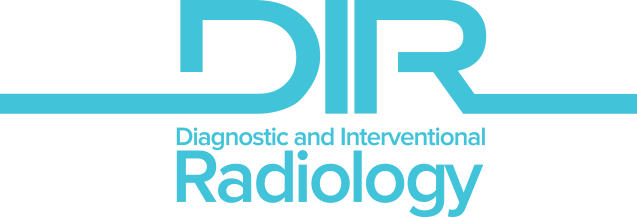ABSTRACT
PURPOSE
To review the outcomes of endovascular abdominal aortic aneurysm repair (EVAR) procedures, to determine the incidence of adverse events, and to assess the need for secondary radiological/surgical interventions.
MATERIALS AND METHODS
Data from 57 consecutive patients entered in a prospective EVAR database were studied. In addition to database interrogation, case notes and radiology records were reviewed. Frequency and outcome of complications were evaluated after stent-graft placement (mean follow up 20 months).
RESULTS
Overall, 24 adverse events were recorded in 57 patients (42%). The events were endoleaks (14/24), stent migrations (3/24), deployment problems (2/24), limb occlusions (2/24), limb kink (1/24), and femoro-femoral crossover occlusions (2/24). Of all the endovascular patients studied, 23% (13/57) required secondary interventions to maintain aneurysm exclusion. The mean time to secondary intervention in this series was 14 months.
CONCLUSION
Over 40% of EVAR procedures were associated with suboptimal clinical outcomes, and more than 20% of the patients required secondary interventions within 5 years of surgery. This high incidence of late secondary intervention is a cause for concern and emphasizes the need for lifelong follow-up.



